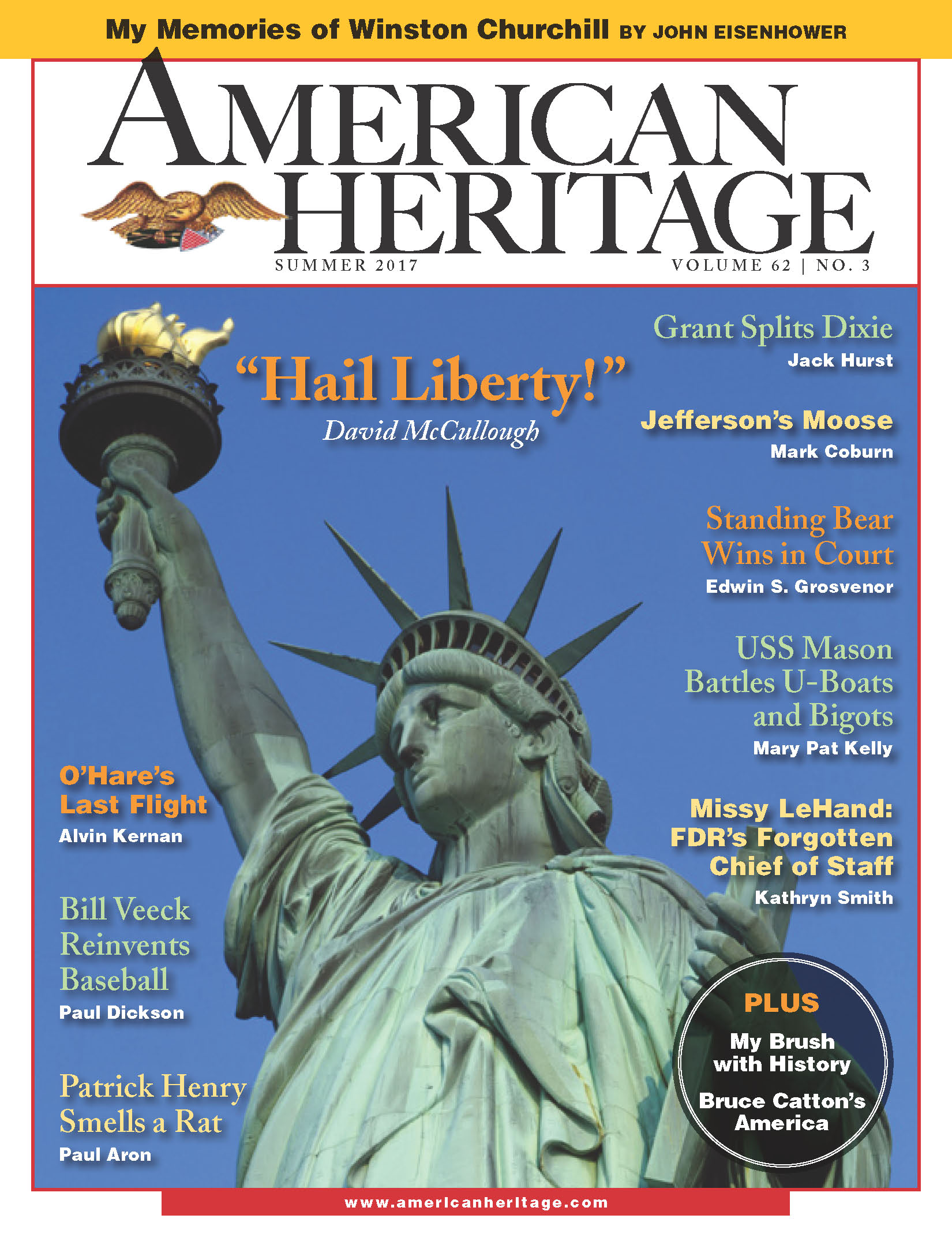American Revolution
Read excerpts from these wonderful books and then vote for your favorite! Here are samples from the seven Finalists for the 2017 George Washington Book Prize.
Badly disguised as Indians, a rowdy group of patriotic vandals kicked a revolution into motion
An estimated fifteen hundred privateering ships played a crucial role in winning the American Revolution, but their contributions are often forgotten.
The World Trade Center attack wasn’t the first time New York was brutally assaulted — 225 years before, George Washington watched the city burn from his headquarters in northern Manhattan after painful military defeats.
No figure in the Revolutionary era inspired as much affection and reverence as Gilbert du Motier, the Marquis de Lafayette
A menu for a 1779 New England Thanksgiving included dishes from turkey and venison to pumpkin pie.
Research by American Heritage found that the Royal Navy lost 24 warships sunk or heavily damaged in October 1780, which must have affected Britain's ability to fight in the months before the surrender at Yorktown.
The outcome of the American Revolution may have been affected by catastrophic storms in the deadliest hurricane season in recorded history.
American Heritage is launching a major effort to research and promote historic taverns from the Founding era.
A team from American Heritage helped document some of the most important maps of the Revolution — still stored in the medieval English castle where scenes from Harry Potter were later filmed.
The American War for Independence was part of an international trend -- a new focus on the individual led people to new insights, new proclamations and new assertions of rights.
Largely overlooked in histories of the Revolution, the Battle of the Chesapeake is in fact one of the most important naval engagements in history, leading to the American victory at Yorktown.
It is one of the most familiar incidents in American history, and also one of the least understood in many ways
Thomas Paine's Common Sense helped Americans "decide upon the propriety of separation,” as George Washington said.
To explore the American Revolution through the eyes of John Singleton Copley is to see it with fresh eyes, to understand that it was a civil war with many shades of allegiance.
It's often portrayed as an orderly conflict between Patriots, Tories, and British, but the American Revolution caused much suffering, dislocation, and economic decline, and had major effects on Native Americans and Spanish, French, Dutch, and other colonists worldwide.
The battle of Monmouth was pivotal in the struggle for independence, enabling George Washington to change the narrative of the war and eventually solidify his own role in our nation's history.
The battle of Monmouth was pivotal in the struggle for independence, enabling George Washington to change the narrative of the war and eventually solidify his own role in our nation's history.
It became convenient to portray Benedict Arnold as a conniving traitor, but the truth is more complex. The brilliant general often failed to get credit for his military wins, suffered painful wounds, lost his fortune while others profiteered, and finally gave up on the disorganized and often ineffective efforts to win the American Revolution.
A new look at a famous Revolutionary figure questions whether history’s long-standing judgment is accurate
America’s first civil war took place during the Revolution, an ultra violent, family-splitting, and often vindictive conflict between patriots and loyalists
How Baron von Steuben used a tough winter to make a solid army out of a collection of untrained volunteers
How tough Henry Knox hauled a train of cannon over wintry trails to help drive the British away from Boston
Major Patrick Ferguson's instinct of chivalry spared the life of an American officer with “a remarkable large cocked hat” who was reconnoitering at Chadds Ford and came within range of British rifles.
The 70-year-old statesman lived the high life in Paris and pulled off a diplomatic miracle
The Lost Story of Revolutionary War POW’s
Sharp business skills ensured the first president’s phenomenal success






